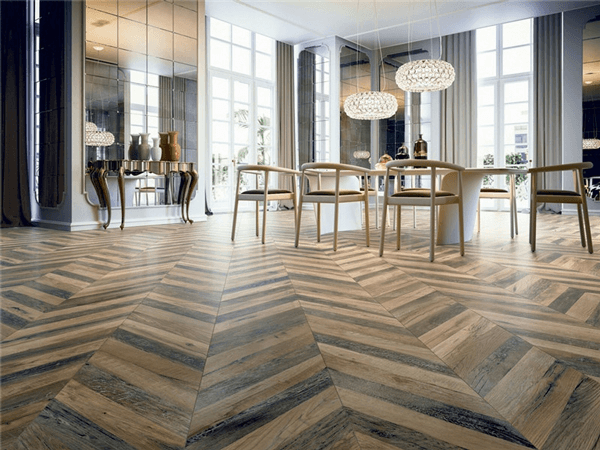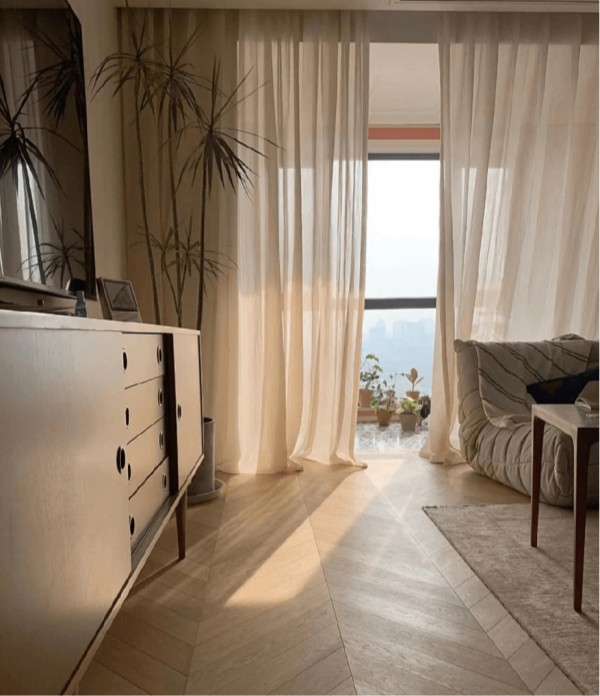
When it comes to timeless patterns in fashion and design, one that stands out with its classic allure is the herringbone. This distinctive pattern has a rich history and continues to capture the imagination of design enthusiasts and fashionistas alike. In this article, we delve into the intricacies of herringbone, exploring its origins, versatile applications, and the secrets behind its enduring popularity.
Origin and Evolution: Herringbone, also known as chevron, traces its roots back to ancient Roman times. Originally used in road construction, the pattern evolved over centuries to become a symbol of sophistication and style in various industries.
Distinctive Characteristics: The herringbone pattern is characterized by its V-shaped weaving, resembling the skeleton of a fish. This unique arrangement not only adds a touch of elegance but also creates a sense of movement and depth.

Timeless Apparel: Herringbone isn't confined to the realms of architecture and design—it has made a significant mark in the world of fashion. From tailored suits to chic accessories, the herringbone pattern adds a touch of refinement to any wardrobe.
Modern Interpretations: Designers have embraced herringbone, incorporating it into contemporary fashion with innovative twists. Runways showcase herringbone-inspired creations that seamlessly blend tradition with the avant-garde.

Elevating Spaces: Whether adorning floors, walls, or furnishings, herringbone brings a sense of sophistication to interior spaces. Its versatility allows it to complement various design styles, from traditional to modern.
Material Matters: Herringbone isn't limited to one material—wood, tile, fabric, and more can be woven into this timeless pattern, offering endless possibilities for interior designers and homeowners.
Q: Why is it called 'herringbone'?
A: The name is derived from the resemblance of the pattern to the skeleton of a herring fish. The V-shaped weave closely mirrors the arrangement of the fish's bones.
Q: How can I incorporate herringbone into my home?
A: From herringbone floors to accent walls, the options are endless. Consider using it in small doses for a subtle touch or go bold with a herringbone statement piece.
Q: Is herringbone only for classic styles?
A: Not at all! Herringbone is incredibly versatile. It can be adapted to suit various aesthetics, from traditional to contemporary, making it a timeless choice for any design preference.
In conclusion, understanding the allure of herringbone goes beyond its aesthetic appeal—it's a journey into history, craftsmanship, and the seamless integration of tradition into modern contexts. Whether you're dressing up your wardrobe or elevating your living space, herringbone is a symbol of enduring style and sophistication.